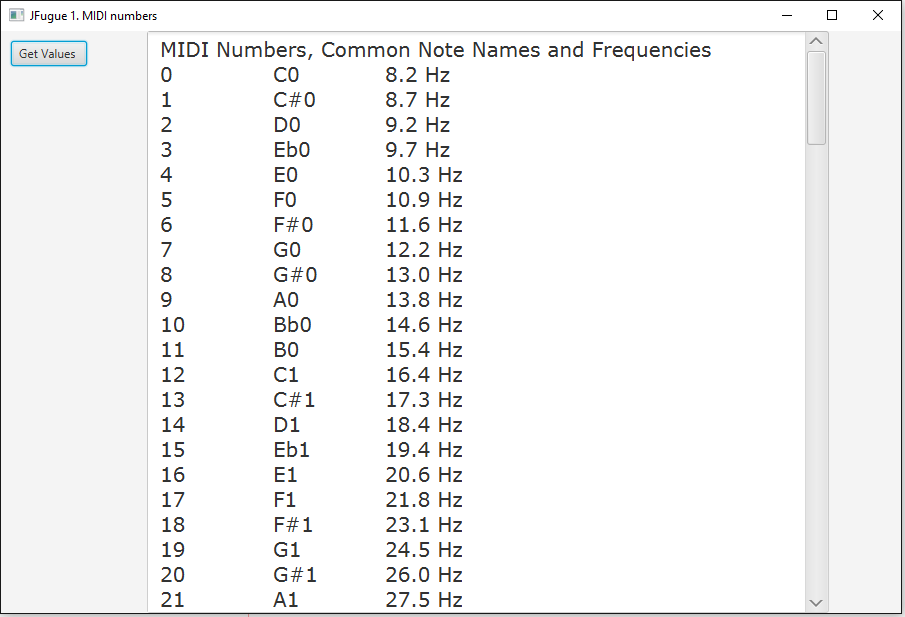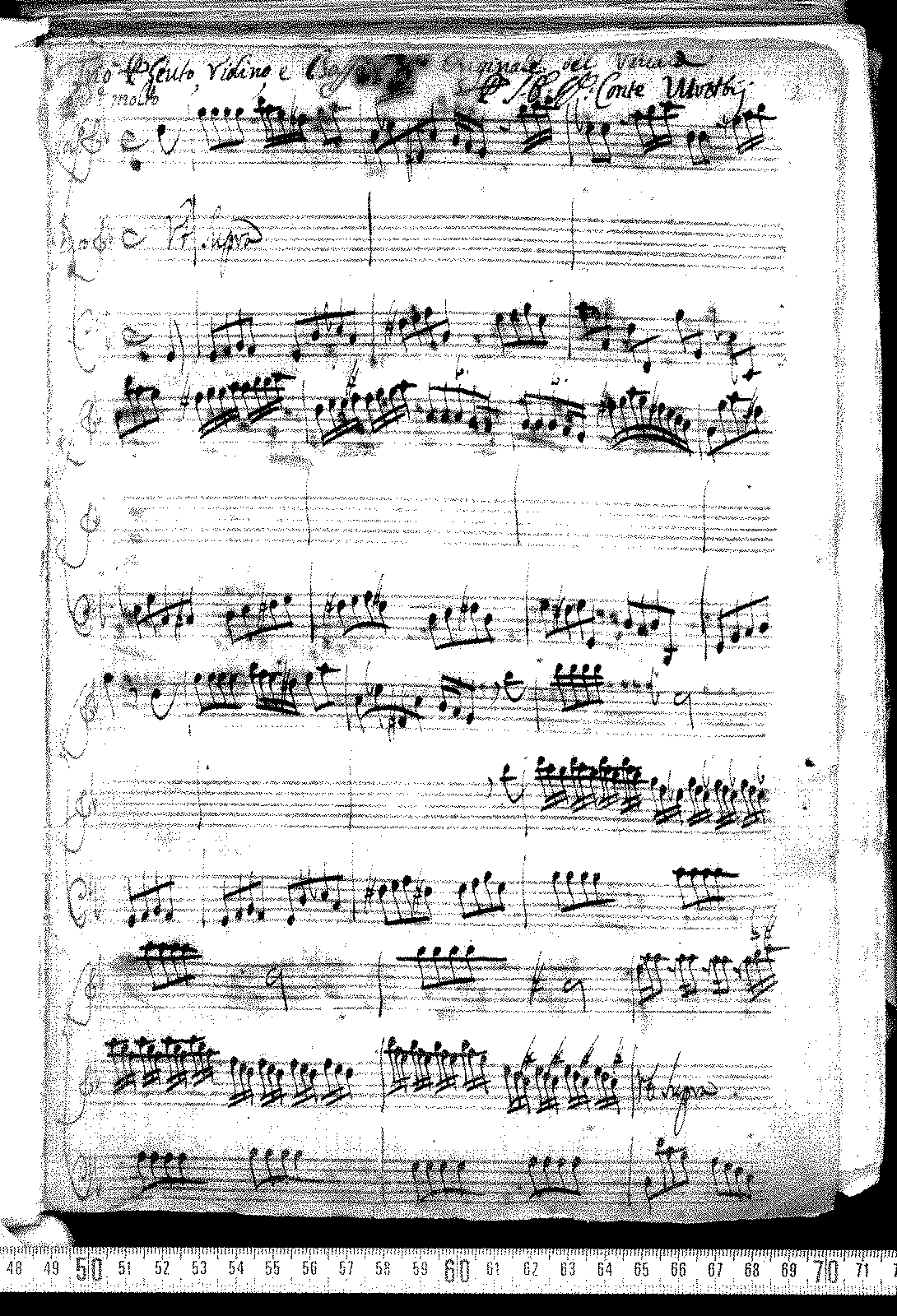
Now you can play your keyboard and QSynth should produce sounds. Assuming out is the output client number and in is the input client number (72 in our example), type aconnect in out.Type aconnect -i to list all MIDI input ports.Find the one that contains FLUID Synth and note the client number. Type aconnect -o to list all MIDI output ports.When QSynth asks you to restart the engine after loading the SoundFont, do so.
#Midi note number 31 free#
You can get free SoundFonts from fluidplug-git AUR, or from (in Russian).
#Midi note number 31 software#
An easier option is a software synthesizer, which is just a program which you can load with you own instrument samples. Some soundcards have a built-in hardware synthesizer, but these are not common in modern sound cards, especially not in onboard sound cards. These maps are required to properly assign the same percussion notation to various playback devices, and are also used to accommodate the many different percussion.

To hear a sound when you push a button on your keyboard, you need a synthesizer that converts the MIDI signal into audio. A Percussion MIDI Map is simply a list that matches each percussion instrument in a sound library with a particular MIDI note number (e.g. Man arecordmidi provides details about additional options available with this tool. To stop recording, simply kill the process.

Then, execute the following to start recording: See Playing.įirst, use arecordmidi -l to list the available input devices, and determine the port_number for the desired device. For recording audio, you need a synthesizer. Note: This section is for recording raw MIDI data to a file. To send MIDI events back to the keyboard or another MIDI output device, you can use run aplaymidi -p # midifile.mid and specify a MIDI file. This is a handy way of ensuring that your keyboard is running properly. Various other events (turning control knobs, changing channels, etc.) should register in the list. Type aseqdump -p # where you should replace # with the client number of your keyboard. The client number is probably going to be different though. The output should contain:Ĭlient 72: 'MK-361 USB MIDI keyboard' Now type aconnect -i to list all MIDI input ports. Output of lsmod | grep usb should contain the following modules: Output of lsusb should contain:īus 002 Device 002: ID 0a4d:00a0 Evolution Electronics, Ltd Not much will show up there, so press Ctrl+C to quit the program. While many current instruments also have additional sounds above or below the range show here, and may even have additional "kits" with variations of these sounds, only these sounds are supported by General MIDI Level 1 devices.Type aseqdump. GM-compatible instruments must have the sounds on the keys shown here.

On MIDI Channel 10, each MIDI Note number ("Key#") corresponds to a different drum sound, as shown below. Note: While GM1 does not define the actual characteristics of any sounds, the names in parentheses after each of the synth leads, pads, and sound effects are, in particular, intended only as guides).
#Midi note number 31 Patch#
General MIDI Level 1 Instrument Patch Map


 0 kommentar(er)
0 kommentar(er)
